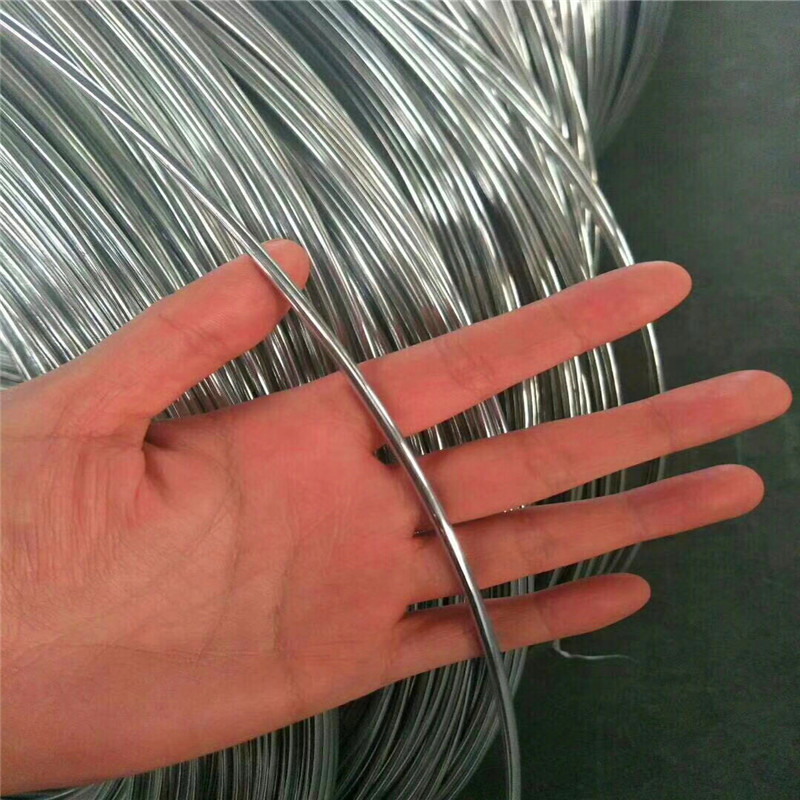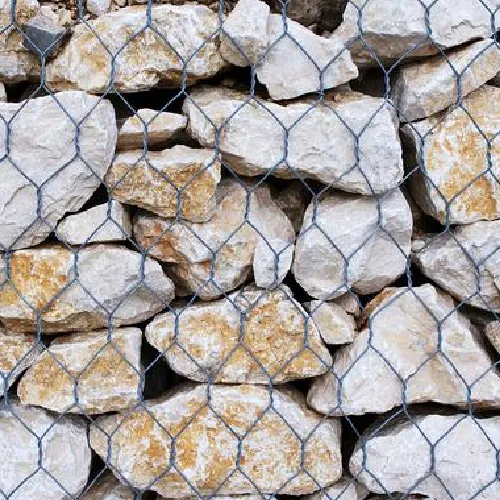Selecting the right field fence for cattle is a crucial task for any livestock farmer. This pivotal decision ensures not only the safety and security of your cattle but also the protection and longevity of your investment. Investing time into understanding the variety of fencing options will yield long-term benefits.

To begin with,
not all fences are created equal. Different types come with distinct advantages that affect cattle control, durability, and maintenance requirements. Traditional barbed wire, while economical and effective in open areas, carries risks of injuries to cattle. Farmers often seek alternatives like woven wire, electric fencing, or high-tensile smooth wire to mitigate such dangers.
Woven wire fencing, especially when enhanced with barbed wire at the top, is a popular choice among experienced farmers for its durability and strength. It effectively prevents cattle from escaping but can be more expensive than other options. The vertical and horizontal strands form a mesh that withstands the forceful pressure of large animals, offering a reliable containment solution.

Electric fences are growing in popularity due to their cost-effectiveness and ease of installation. This type of fencing provides a psychological barrier that deters cattle from challenging the fence line. However, it requires a consistent power source and regular maintenance to ensure adequate voltage. It is imperative for owners to monitor the electric flow and maintain clear grounds to prevent shorts and ensure it remains an active deterrent.
High-tensile smooth wire is another alternative recognized for its flexibility and strength. This option relies on tension rather than rigidity, allowing it to absorb livestock pressure without sustaining damage. This reduces the risk of injury to cattle while maintaining a robust boundary. While initial setup can be complex, the longevity and low maintenance needs offset the initial investment.
field fence for cattle
Irrespective of the type of fence selected, certain principles must be adhered to for optimal results. The height of the fence should be tall enough to deter jumping, typically 48 to 54 inches, and the spacing should prevent cattle from wedging between openings. Attention to these details protects not just your livestock but also surrounding properties and roadways.
Consultation with fencing experts or seasoned farmers can provide additional insights into materials, design, and strategic placement. They can offer personalized advice based on terrain, climate, and the specific behavior of your cattle breed. Moreover, regional regulations and zoning laws should influence your choice to ensure compliance and avoid unforeseen fines or mandates.
Environmental considerations should also weigh heavily in the decision-making process. Strong winds, heavy snowfall, or frequent wildlife interference will demand sturdier materials or specific configurations. For instance, regions prone to harsh weather might benefit from robust woven wire, while areas with milder climates might successfully employ simpler electric solutions.
Finally, any field fence for cattle should be viewed as a long-term investment. The initial costs should be balanced against future savings on maintenance, potential cattle losses, and property disputes. A well-chosen fence can safeguard livestock, prevent costly escapes, and assure peace of mind.
In conclusion, selecting the right field fence for cattle encompasses a variety of factors from material selection to environmental adaptation. Knowledge, preparation, and expert consultation can elevate this decision from a simple purchase to a strategic enhancement of your livestock operation. Prioritize safety, cost-effectiveness, and compliance to choose the right fencing solution for your specific needs, ensuring you stay ahead of potential challenges while fostering a secure and productive farm environment.
























